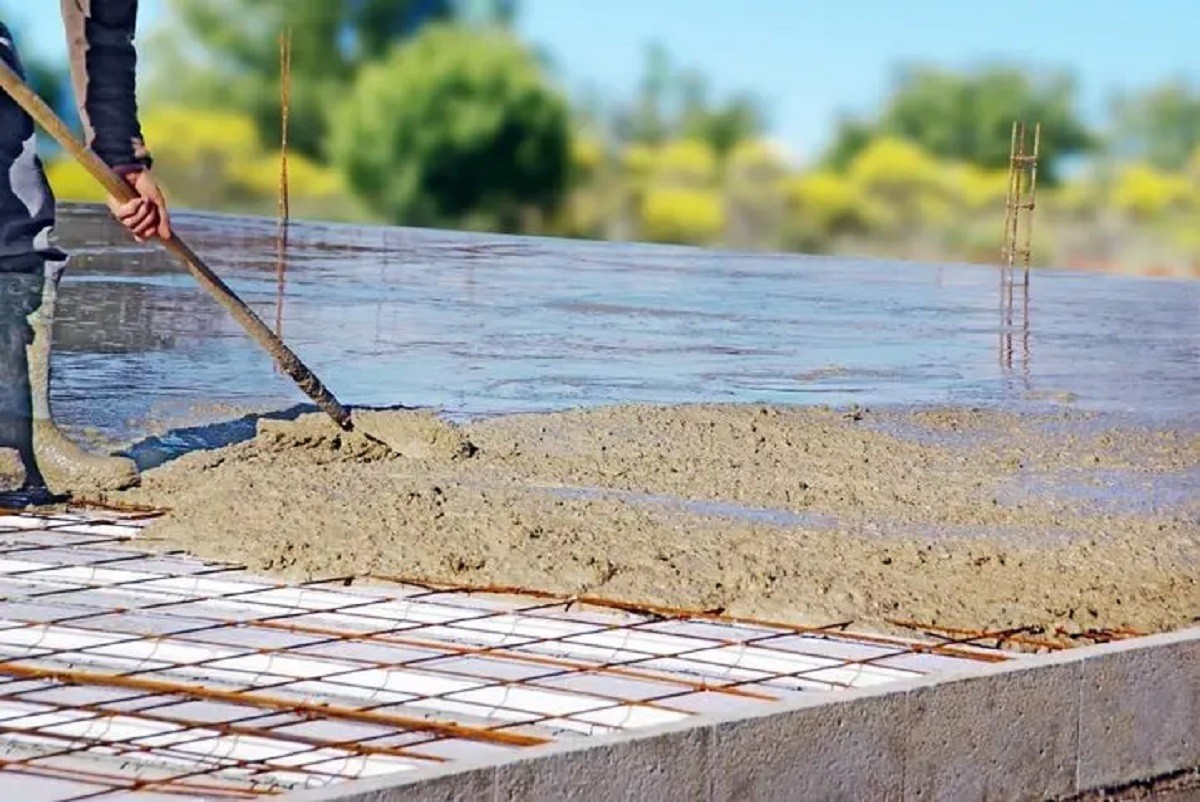Construction Additives: A Vital Element for Rapid Building
High-end infrastructure materials are required for the development of new contemporary and luxury infrastructures. Many of these requirements can be met by the use of construction additives. These materials are now extensively utilised across the infrastructure industry.
Modern construction companies rely on additives that have been developed due to technological advances in the chemistry field to help them in their building efforts. Structural chemicals are a significant component of the chemical industry. Their introduction has completely altered the landscape of industrial sector. It is possible that building projects may make use of these compounds to improve the quality of structural materials, thus ensuring that the project will be long-lasting, cost-efficient, and sustainable in the long term. On this page, you will find a short overview of building chemicals, as well as knowledge on the many kinds of additives.
What are these Additives?
Construction chemicals, as the name implies, are chemicals that are used in the construction industry. When it comes to the area of building, these compounds have a wide range of applications. They can be utilised in ongoing construction projects to speed up the work. These materials are used in new infrastructure projects, as well as for retrofitting and repairing existing structure. They enhance the durability and strength of the structure. Construction additives are used on the construction site in conjunction with different structure materials to enhance workability, increase efficiency, increase effectiveness, protect a portion of a structure, or to expedite the pace of infrastructure work.
There is a wide variety of goods available in the construction chemical industry, ranging from admixtures to flooring solutions, grouts, sealants and waterproofing solutions, as well as chemicals for the repair and maintenance of buildings. When it comes to polymers, they are a critical category of raw materials that are widely used in the production of building chemical formulations.
Types of additives
- Adhesives
This is a chemical compound that is metallic-free and capable of joining two surfaces permanently using an adhesive process.
What are the advantages of Adhesives?
Adhesives are preferable to other methods of binding when compared to the advantages that include:
- Ability to bind different type of materials together
- More effective while distributing stress over the joint
- The application process is simple and cost-effective
- Increase design flexibility.
Major types of adhesives used in construction
- Polymer Adhesives
- Acrylic adhesives
- Epoxy adhesives
- Concrete Admixtures
Concrete technology gives an important ingredient known as admixture which enhances concrete properties. Chemical admixtures are components in concrete that are added to the mix just before or during mixing, with portland cement, water, sand, aggregate, fibre, and additives. It improves quality performance like workability, durability, strength, and finishing quality of concrete.
- Flooring Solutions
The most essential aspect in every structure is the flooring, which adds beauty, functionality, and reflect individuality. The floor is the last touch and the most usually touched element in any building, construction, or residence. You come into contact with the floor in whatever building you enter.
In industrial facilities, the role of flooring is always underestimated. However, in order to ensure maximum safety and productivity, you should choose the appropriate flooring for running business smoothly.
The flooring in manufacturing areas is extremely apparent, especially to visitors. An eye-catching option like epoxy coated concrete is guaranteed to capture your guests’ attention positively.
- Grouts
A grout is a viscous, packable substance that can be utilised to fill up gaps between two surfaces in order to bind them or form a leakproof seal.
Grout is a filling material made up of sand, cement, and water. Cement, sand mortar was utilised as a standard grout material for many years. Cementitious non shrink grouts has been widely practiced over the past three decades.
It is used to repair for
- concrete cracks,
- seal and fill gaps for waterproofing,
- fill tile seams and gaps,
- stabilizing soil
- to enhance strength of loadbearing construction’s foundations.
- Protective Coating
Construction companies rely on metals and concrete as the primary building materials for their work. These materials have to be resistant against ageing due to various natural degradation processes like
- Environmental,
- Mechanical, and
- Chemical damage.
The structural performance of any structure or building component is determined by the strength of the concrete-reinforcement bond. The surface of the reinforcing steel should be free of rust in order to improve the bonding strength with the concrete.
- Repair
Concrete is one of the most durable and cost-effective building materials used in construction. Reinforced concrete constructions are designed to serve decades. However, these structures undergo distress due to various factors during their service life. They have to stood strong against various natural deterioration, damage and reinforcement corrosion.
Concrete repair chemicals come in a variety of forms. Some are used to enhance the bonding between old and fresh concrete, while others are used to increase the concrete resistance against water and corrosion.
- Sealants
Sealant gaps always get insufficient importance and consideration, even when a new building or repair constructed. When you consider it, it’s unsurprising that these are used for such a wide variety of purposes.
Why it is importance in construction?
Water is discharged away from the interior surfaces of a conventional structure by water barriers and drainage systems. Instead of just relying only on sealing gap to allow building movements like settlement, thermal expansion, sway, creep, and differential deflections at slab edge, modern buildings rely on sealing to provide air, dust, noise and liquid protection while allowing motions. They also act as a fire stopping component.
Excessive wear on these gaps is always the result of poor design and/or installation. To ensure the efficacy of joint seals, they should be maintained on a regular basis.
- Surface Treatment
A concrete finish improves the quality, durability, and aesthetics of a concrete floor. Many industrials as well as residential options are available. These methods work on both fresh and old concrete top.
What are the advantages of using surface treatment in your construction project?
The flooring may improve or detract from a room’s atmosphere. Decorative concrete coatings provide warmth, light, and creativity to concrete floors while preserving their durability. Contamination from repeated spills may result in stains, mould and mildew as well as scuffing, wear and deterioration. Some treatments, including polishing, coatings, and epoxies, help maintain the concrete’s inherent resilience to wear and tear while lowering operating expenditures and maintenance costs.
- Waterproofing Solutions
The advantages of waterproofing may not be immediately apparent, and this is one of the main reasons why it is frequently pushed to the background and neglected by homeowners.
This is a technique that stops water from entering your building. As a rule of thumb, concrete is known to be rigid, but there are a variety of reasons that may cause it to become permeable. These issues include poor craftsmanship, lack of curing, excessive water, incorrect compaction, etc. There will also be joints in a concrete structure (both non-moving and moving), which will always be a source of seepage. Water seepage/leakage occurs due to shrinkage cracks and structural fractures in the concrete. The seepage of water causes corrosion of the reinforcing steel and spalling of the concrete, which eventually endangers the structural integrity of the building. Water is lost due to continuous leakage of water from water retaining structures.
Waterproofing is very essential since it aids in keeping your building dry when it rains. It contributes to the reduction of humidity inside a structure, thus protecting the contents from harm caused by humidity or water exposure, along as other things. The building’s credibility is partly dependent on its authenticity.


Leave a Reply